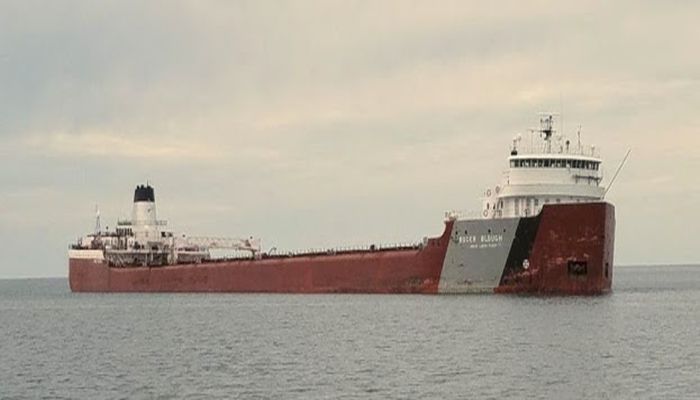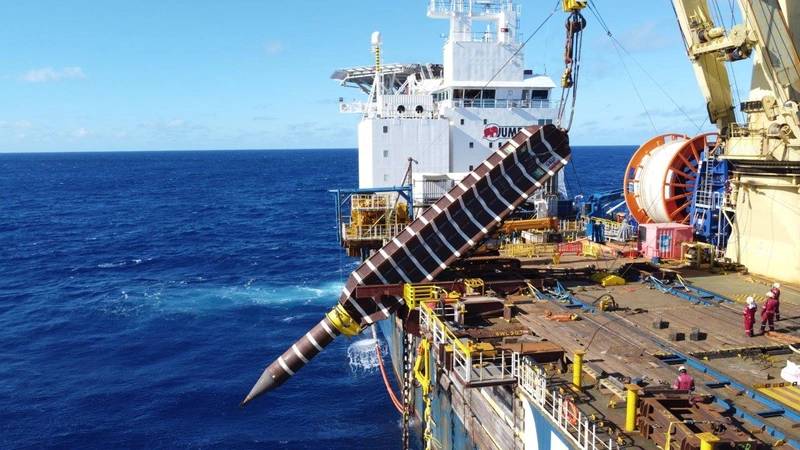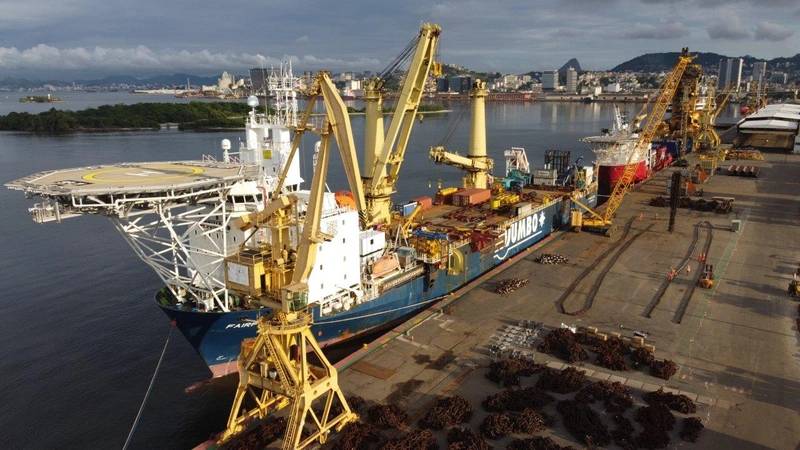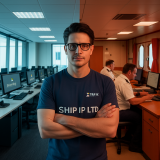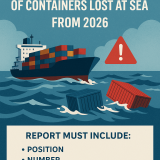Bahri, a global leader in logistics and transportation, today announced the signing of a Memorandum of Understanding (MoU) with The Saudi Company for Electronic Information Exchange (Tabadul), the leading innovator and provider of smart digital and financial solutions and services to the business and logistics sectors. Under the new agreement, the company’s Bahri Logistics and Vessels Management divisions and Tabadul will work to develop a range of mutually beneficial solutions, while also exploring innovative internal data-sharing methods between the two aforementioned Bahri divisions.
The MoU was signed by Eng. Ahmed Ali AlSubaey, CEO of Bahri, and Mr. Majid bin Faleh AlOtaibi, CEO of Tabadul, during a special ceremony held at Bahri’s premises. Under the terms of the memorandum, both parties will collaborate to strengthen their digital transformation efforts, utilizing Tabadul’s related logistics platforms throughout.
The two parties are set to collaborate on a series of pilot projects designed to boost shipping and logistics sector efficiency in areas such as Trade Lane Traffic and the Port Community System (PCS), which focus on improving and managing efficient logistics operations via an extensive database while boosting the vital sector’s economic returns. The MoU also aims to achieve fully-integrated electronic data exchange processes to further support the Kingdom’s drive to attract foreign logistics companies.
Commenting on the agreement, Eng. Ahmed Ali AlSubaey, CEO of Bahri, said: “We are delighted to enter into this partnership with Tabadul. Today’s agreement will not only enable us to drive further innovation within our industry, but also generate a significant positive impact on the Kingdom’s long-term economic growth and contribute to the goals of Vision 2030. Leveraging Tabadul’s considerable expertise, we will work together to greatly enhance Bahri’s operational capabilities and create a more seamless experience for our customers, adding greater value and ensuring they benefit from integrated logisitics services of the highest quality.”
Mr. Majid bin Faleh AlOtaibi said that the signing of this agreement with the largest shipping and logistics companies in the Kingdom and the region stands as a major achievement for Tabadul as a leading industry service provider and a testament to the quality of the solutions it provides, adding: “We will focus on providing the latest data-driven solutions that help our partners reach new milestones in their digital transformation journies and ultimately achieve their Vision 2030 objectives.”
Mr. Soror Basalom, President of Bahri Logistics, stated: “The signing of this agreement with Tabadul represents another important step on our journey as we strive to deliver world-class logistics services to our clients and partners with optimal efficiency. We remain committed to pursuing new and innovative approaches to the utilization of data and are looking forward to establishing new benchmarks in data sharing that will enable smoother operations throughout the Saudi shipping and logistics sectors, and a long and successful partnership.”
Hisham bin Saleh Al-Nasser, Chief of the Sales and Marketing Sector at Tabadul, stated that Tabadul’s next strategic growth phase will see the company providing its public and private sector partners with the most efficient automation solutions possible for their financial and logistical operations, thereby cementing its position as the service provider of choice both within the Kingdom and the region.


